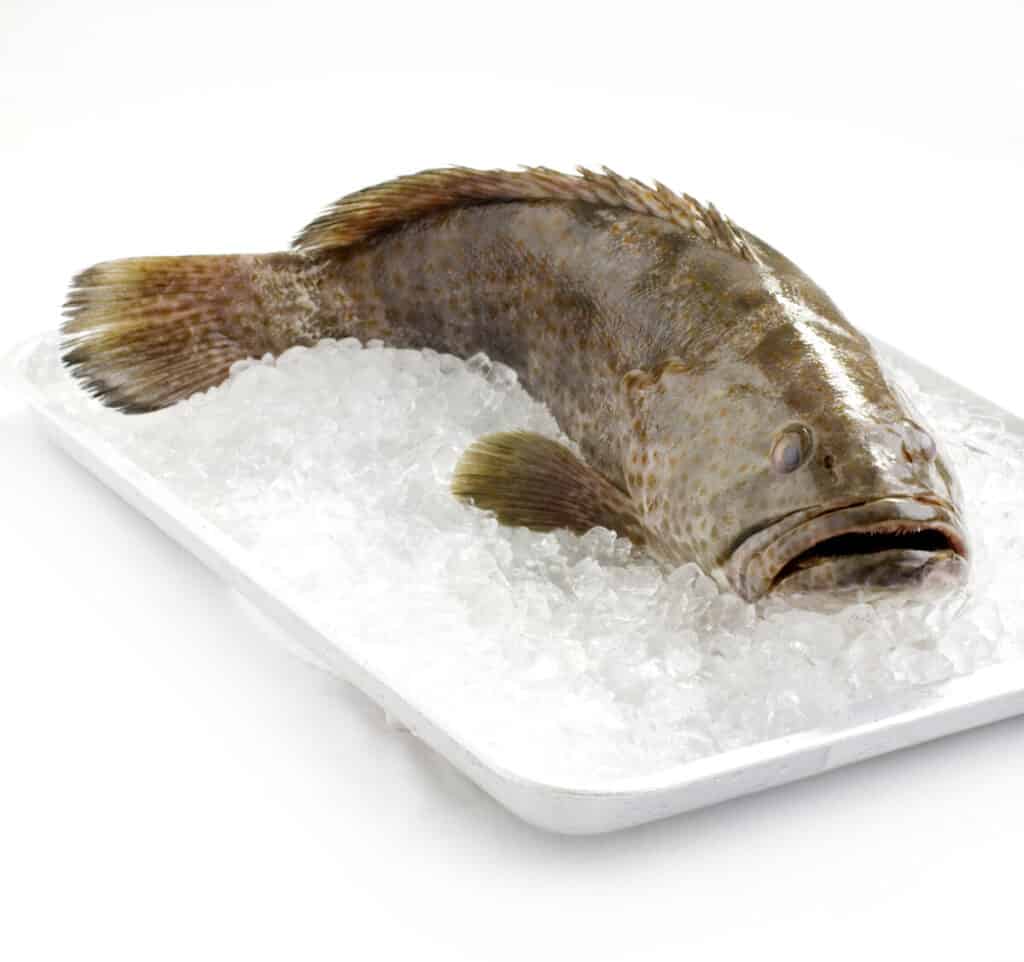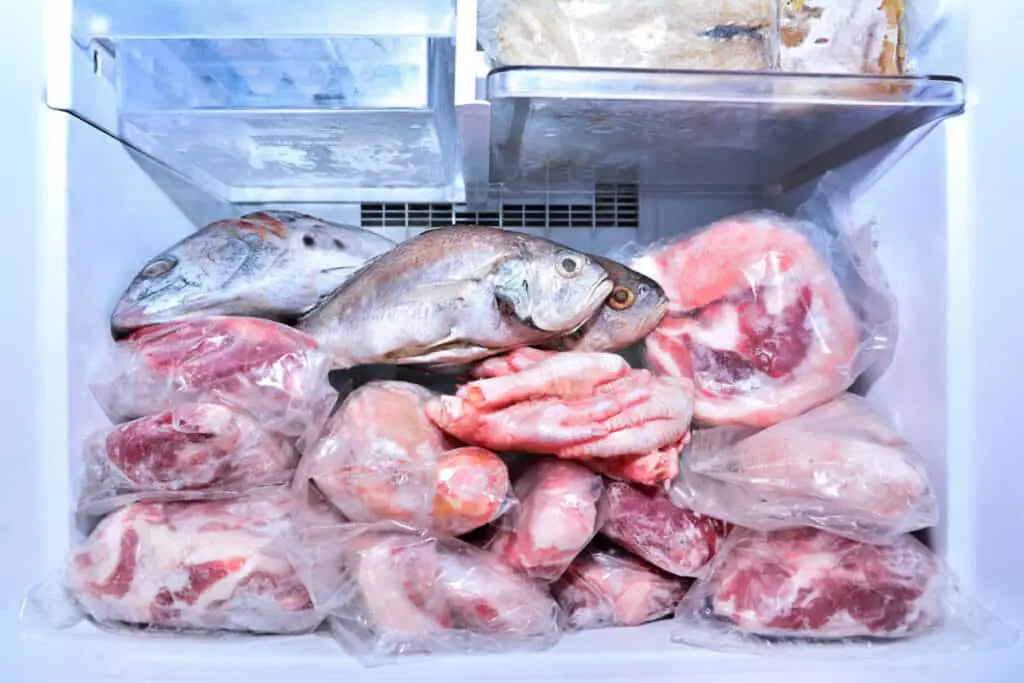Caught or bought, there’s just nothing quite like home-cooked fish! However, just like every other meat, it’s important to understand how to safely store and cook your fish to prevent sickness or food waste.
Cooked fish can be kept in the refrigerator for 3-4 days. Any fish will be safe for months when frozen. For the best quality, cook frozen at 0 degrees F/-17.8 degrees C or lower up to 3 months post-freeze. Raw fish should be stored in the refrigerator/freezer at 40 degrees F/4.4 degrees C or lower.
For longer-term storage, freezing your fish is the safest option and will keep it fresh much longer. Unlike most other foods, there is a proper way to keep and freeze fish other than just wrapping and placing it in the freezer. Since not everyone wants to freeze their fish, it’s good to look at other options for storing and cooking fish at home.
How to Prepare Fish for Freezing
If you are fishing and plan to freeze your catch, be sure to bring a cooler with ice on your fishing trip so everything stays as fresh and cold as possible until it can be properly stored in a fridge or freezer. If you are looking for store-bought fish, it’s always a good idea to ask how fresh the fish are and to choose the newest ones. Be sure to drive it straight home so it can be as fresh as possible when you go to freeze it.
Once you are home with your catch or purchase, you will need to make sure your fish is cleaned. With washed hands, you can remove the scales by scraping a knife or spoon edge all along the skin until scales are completely gone. Remove the insides by cutting a line from the bottom to the head, and cut the head off above the collarbone.
You can remove the bones by cutting along and under the spine then pulling it out, and repeating with the rib bones. Pull the back fin out after cutting into it on each side. Do not cut the fin off, as this will leave more bones behind. Depending on the size of your fish, you may have to cut them into smaller fillets. Be sure to wash fish meat with cold water.
Next, depending on if your fish is fatty or lean, you may want to dip it in the proper solution before freezing to help preserve its texture and flavor. Some fish that are considered fatty are salmon, mackerel, herring, trout, tuna, and sardines. Some fish that are considered lean are flounder, cod, bass, perch, halibut, and pike. Fat fish should be dipped for twenty seconds in an ascorbic acid solution. Lean fish should be dipped for twenty seconds in a mixture of 1/4 cup salt and 1 quart of cold water.
Freezing Methods

Once your fish has been properly prepared, there are many different methods of freezing to keep it fresh and tasty for when the cooking day arrives, such as ice glazing, vacuum sealing, and freezer paper.
To ice-glaze your fish, start with your prepared fish. Dip the fish meat in very cold water, then place it in the freezer until the outer layer is frozen. Dip it again in the cold water, and put it back into the freezer until frozen. Repeat this process until the whole outside is covered in solid ice, about a quarter-inch thick. You can then wrap it in freezer paper and store it in the freezer.
To vacuum seal your fish, be sure to dry the meat with a paper towel, and make sure there are no holes in the bags so the sealer will work properly. Take care not to let any tools or ice crystals from the fish puncture any holes into the bag. Follow the instructions on your vacuum sealer, then place the packaged fish in your freezer until ready to cook.
To store with freezer paper, you can try two methods. You can place the fish meat into a Ziploc bag, and zip closed, making sure to press out as much air as possible. Then you can wrap that bag in freezer paper to store in the freezer. You can also use plastic freezer wrap as the Ziploc substitute, then rewrap in freezer paper. Either way will work great, just as long as there are layers to ensure that no air will enter and contaminate the fish over time, keeping it nice and fresh.
How to Thaw Fish
Fish that was frozen raw is usually best to eat no later than about eight months. Now you are ready to cook and eat your fish! You want to treat the frozen fish as you would a frostbitten body part. You don’t want to quickly heat it with hot water, or sudden heat. The fish needs to heat up gradually so the meat isn’t cooked while thawing, and so the cooking process is done correctly as fish meat is sensitive.
No matter the method you chose for freezing, you can use one of two methods to thaw the fish. You can let the packaged fish sit under cold, not freezing, water until it has relaxed and thawed. You can also leave the packaged fish in the refrigerator overnight or for a few hours until it has softened and is no longer frozen. Either method will work perfectly, and you’ll be ready to cook up your catch!

Other Storing Methods
As previously stated, raw fish can be kept in the refrigerator for one to two days before cooking. Cooked fish can be kept in the refrigerator for up the three or four days and is safe to eat. Store-bought canned fish, such as tuna, can store safely for up to five years in the pantry. Home-canned fish can be stored in the pantry for up to one year.
If you are looking for store-bought fish, never be shy of asking when the fish was caught, how long you have to cook it, and how to store it properly for a safe meal and fresh taste.

